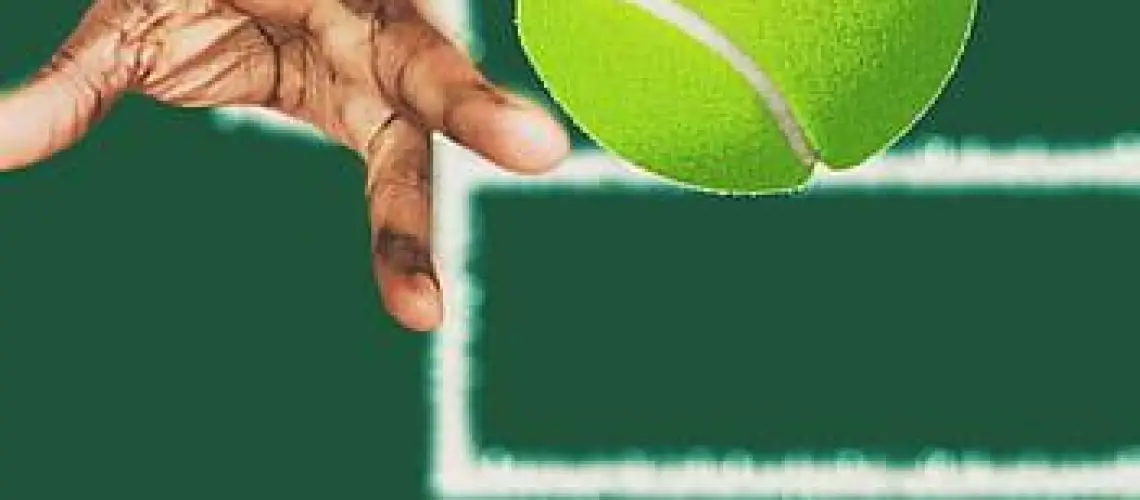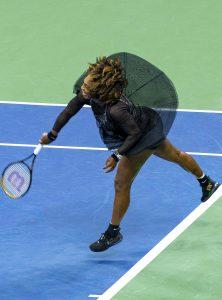We may earn money or products from the companies mentioned in this post.
Introduction
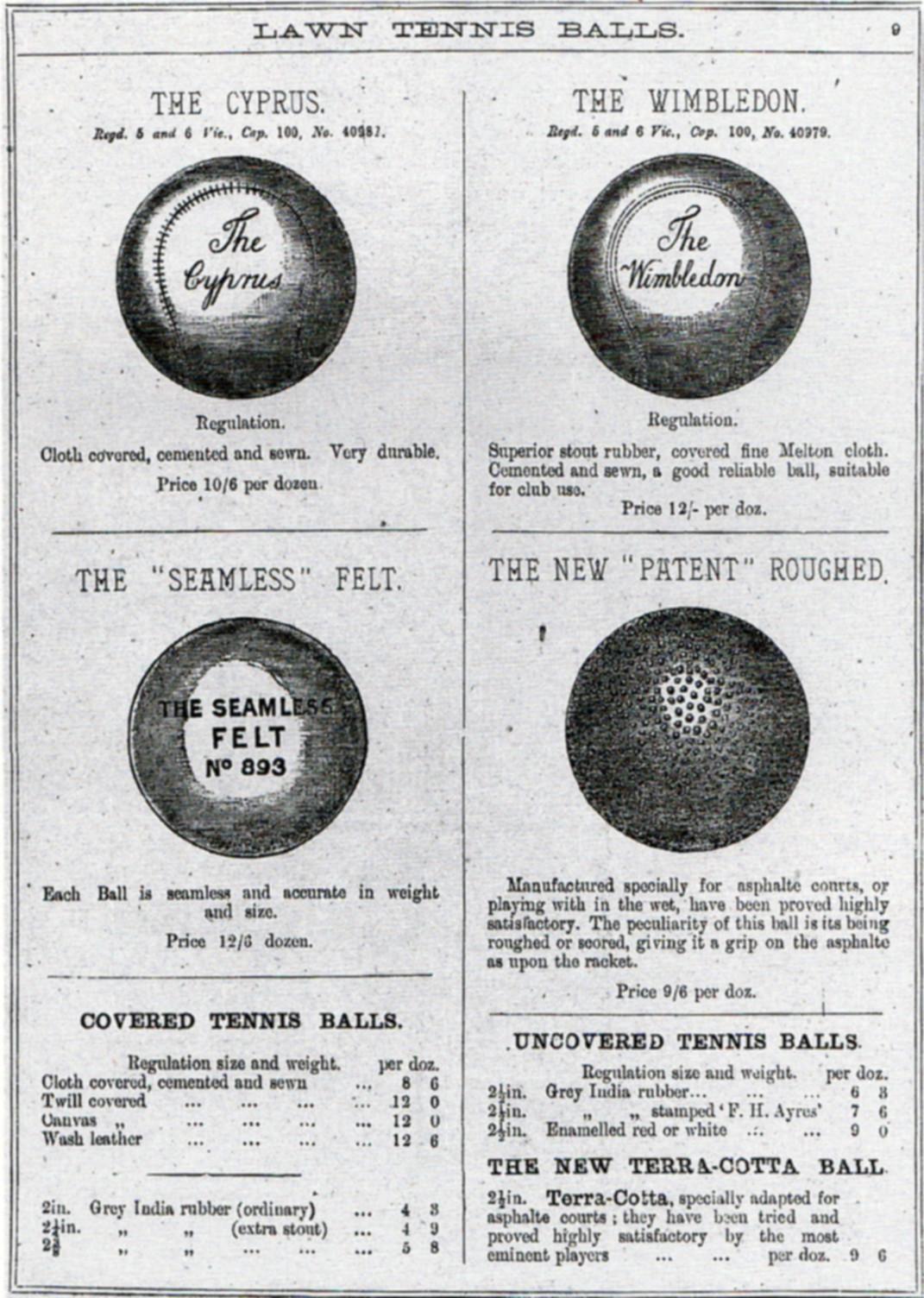
Welcome to the captivating world of tennis, a sport that has enthralled millions of players and spectators alike for centuries In this article, we will delve into the fascinating history of tennis and explore its evolution through the years From its humble beginnings to becoming one of the most popular sports globally, tennis has come a long way
Origin of the game
The origins of tennis can be traced back to ancient civilizations, where various forms of ball games were played across different cultures However, it was in medieval Europe that the precursor to modern-day tennis began to take shape The game was initially played using bare hands or simple wooden racquets and involved hitting a ball against a wall or over a rope strung across courtyards
During the 16th century, tennis gained popularity among European nobility and was often played in grand palaces and estates It was during this time that the term “tennis” emerged, derived from the French word “tenez,” meaning “to hold” or “receive”
Development through the years
As time passed, tennis continued to evolve both in terms of equipment and rules In England during the 19th century, Major Walter Clopton Wingfield is credited with introducing lawn tennis as we know it today He published a set of rules in 1874 that laid down guidelines for court dimensions and net height
The development of standardized equipment, including improvements in racquet design and the introduction of rubber balls instead of wooden ones, further propelled tennis into mainstream popularity Tournaments began to emerge around the world, showcasing thrilling matches and attracting talented players from different countries
In 1877, Wimbledon hosted its first championship match on grass courts at The All England Croquet Club (now known as the All England Lawn Tennis and Croquet Club). This historic event marked the birth of one of the most prestigious tennis tournaments in the world
Throughout the 20th century, tennis underwent significant transformations The introduction of professional circuits, such as the Association of Tennis Professionals (ATP) for men and Women’s Tennis Association (WTA) for women, brought more structure to the sport The game became faster-paced, with players employing various strategies and techniques to outwit their opponents
Technological advancements also played a role in shaping modern tennis The invention of graphite and composite racquets revolutionized the game, providing players with greater power and control Additionally, innovations such as Hawkeye technology for line calls and advanced training methods have further enhanced the overall experience for players and spectators alike
Today, tennis continues to captivate audiences worldwide with its blend of athleticism, skill, and strategic gameplay From iconic rivalries on center courts to grassroots programs nurturing future talent, this sport has become an integral part of our cultural fabric
Conclusion:
Recap key points discussed
Highlight tennis’ enduring popularity
Acknowledge ongoing evolution in the sport
The Invention of Tennis Balls
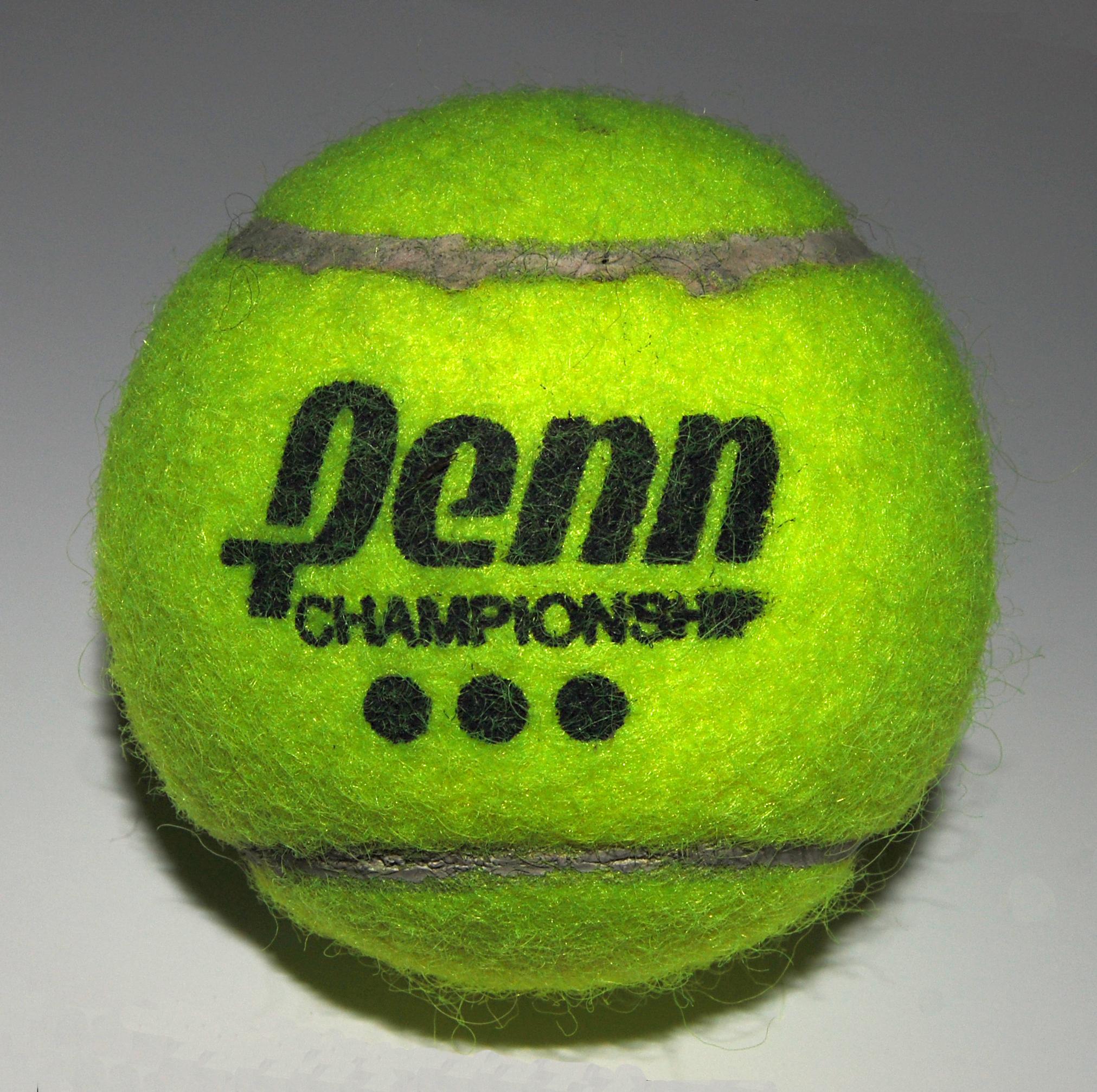
Early Forms of Tennis Balls
Tennis, a sport enjoyed by millions around the world, has a rich history that dates back centuries And at the heart of this beloved game is the humble tennis ball In ancient times, tennis balls were quite different from what we know today They were crafted using materials such as hair or wool stuffing and had a leather exterior These early forms of tennis balls showcased the resourcefulness and creativity of ancient civilizations in their pursuit of sports and leisure activities
Across different cultures and regions, various designs for tennis balls emerged From Asia to Europe, each region put its own spin on the construction and appearance of these essential sporting tools The diversity in ball designs not only added a touch of cultural uniqueness but also influenced the gameplay experience for those who wielded them on court
Transition to More Modern Versions
As time passed and technology advanced, so too did the evolution of tennis balls One pivotal moment came in the mid-19th century when Charles Goodyear introduced vulcanized rubber, revolutionizing ball production This breakthrough allowed for improved bounce consistency and durability, taking the game to new heights
Goodyear’s innovation also paved the way for mass production capabilities, making tennis balls more accessible to players worldwide No longer limited to handmade creations, enthusiasts could now easily acquire standardized balls that met consistent quality standards
But advancements didn’t stop there The adoption of pressurized air inside rubber became another game-changer for modern tennis balls’ performance By introducing pressurized air into the core, players experienced enhanced bounce dynamics and overall playability on different surfaces
The Evolution of Tennis Ball Materials and Design Over Time

Tennis, a sport loved by millions worldwide, has seen significant advancements in the materials and design of tennis balls over the years These improvements have not only enhanced the performance of the game but also provided players with a more enjoyable experience on the court Let’s explore how manufacturing technology and materials science have played a crucial role in shaping the evolution of tennis ball materials and design
New Materials for Exteriors and Cores
Traditionally, tennis balls were made using natural gut strings However, as technology progressed, synthetic materials started to replace them This shift allowed for better durability and consistency in ball construction The new synthetic materials used for exteriors provide improved resistance to wear and tear, ensuring that tennis balls maintain their integrity even after prolonged use
Furthermore, advancements in core materials have revolutionized tennis ball design The core is responsible for providing bounce characteristics during gameplay By utilizing innovative materials, manufacturers have been able to create cores that offer optimal balance between responsiveness and control
Felt Coverings for Improved Aerodynamics
The felt covering on a tennis ball plays a vital role in its aerodynamics Over time, manufacturers have experimented with different types of felt to enhance air resistance properties when the ball is struck or hit through the air
The development of felt coverings with varying textures has allowed players to achieve greater spin control on their shots The texture influences how much grip the ball has on the surface it contacts, enabling players to impart more or less spin as desired
Changes to Size, Weight, and Bounce Characteristics
To ensure fair play across all levels of competition, regulation standards set by organizations like the International Tennis Federation (ITF) govern key aspects such as the size, weight, and bounce characteristics of tennis balls These standards have evolved over time to strike a balance between playability and consistency
Furthermore, manufacturers also produce different variations of tennis balls for specific playing surfaces such as grass, clay, or hard courts Each surface has distinct characteristics that impact ball behavior By tailoring the materials and design to suit these different surfaces, players can experience optimal performance and adapt their gameplay accordingly
In conclusion, the evolution of tennis ball materials and design has been driven by advancements in manufacturing technology and materials science From the replacement of natural gut strings with synthetic materials to improvements in felt coverings for enhanced aerodynamics, every aspect has contributed to a better playing experience for tennis enthusiasts worldwide
Modern-day tennis balls: types, uses, and controversies

Types of tennis balls available today
Tennis balls come in various types to cater to different playing conditions and player preferences One common distinction is between regular duty and extra duty felt balls Regular duty balls are designed for clay or indoor courts, offering optimal performance on these surfaces On the other hand, extra duty felt balls are more durable and better suited for hard court surfaces
Another type of tennis ball gaining popularity is the pressureless ball Unlike pressurized balls that have a hollow core filled with air, pressureless balls are solid rubber throughout These balls maintain their bounce over a longer period as they don’t lose air pressure like their pressurized counterparts
In high-altitude regions where atmospheric pressure is lower, specialized high-altitude tennis balls are used These balls are designed to compensate for the reduced air density at higher elevations, ensuring a consistent bounce during gameplay
Environmental concerns surrounding modern tennis ball production
The production of modern tennis balls raises environmental concerns due to non-recyclable materials used in the manufacturing process Traditional tennis balls have a rubber core wrapped in layers of felt made from synthetic fibers such as nylon or polyester The combination of these materials makes it challenging to recycle or dispose of them sustainably
To address these concerns, sustainability initiatives within the industry have been introduced Some manufacturers now offer recycling programs where used tennis balls can be repurposed into products like playground surfaces or pet toys Additionally, there has been a shift towards using more eco-friendly materials in the production of tennis ball components
The continuing impact of the invention on the sport
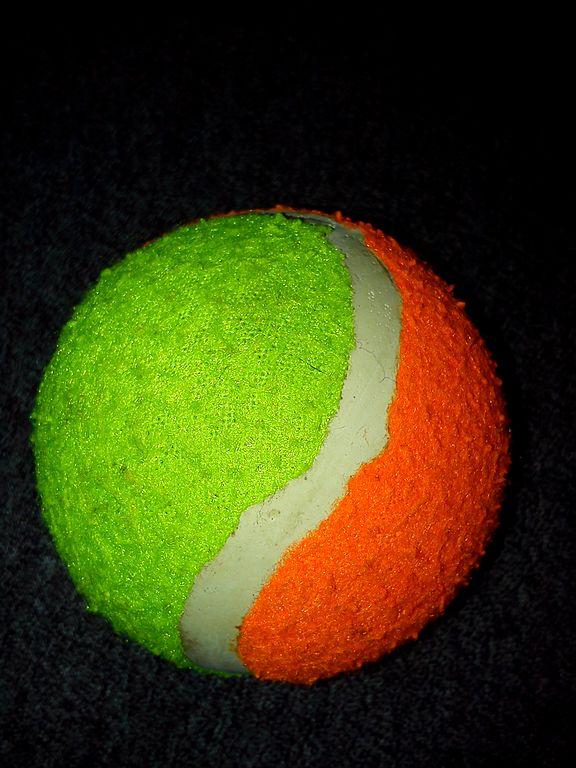
The invention and evolution of modern-day tennis balls have had a significant impact on the sport as a whole The availability of different ball types allows players to adapt their game to specific court surfaces and playing conditions, enhancing the overall experience and competitiveness However, with the growing focus on sustainability, the tennis industry must continue to explore innovative solutions to minimize its environmental footprint
Useful Links
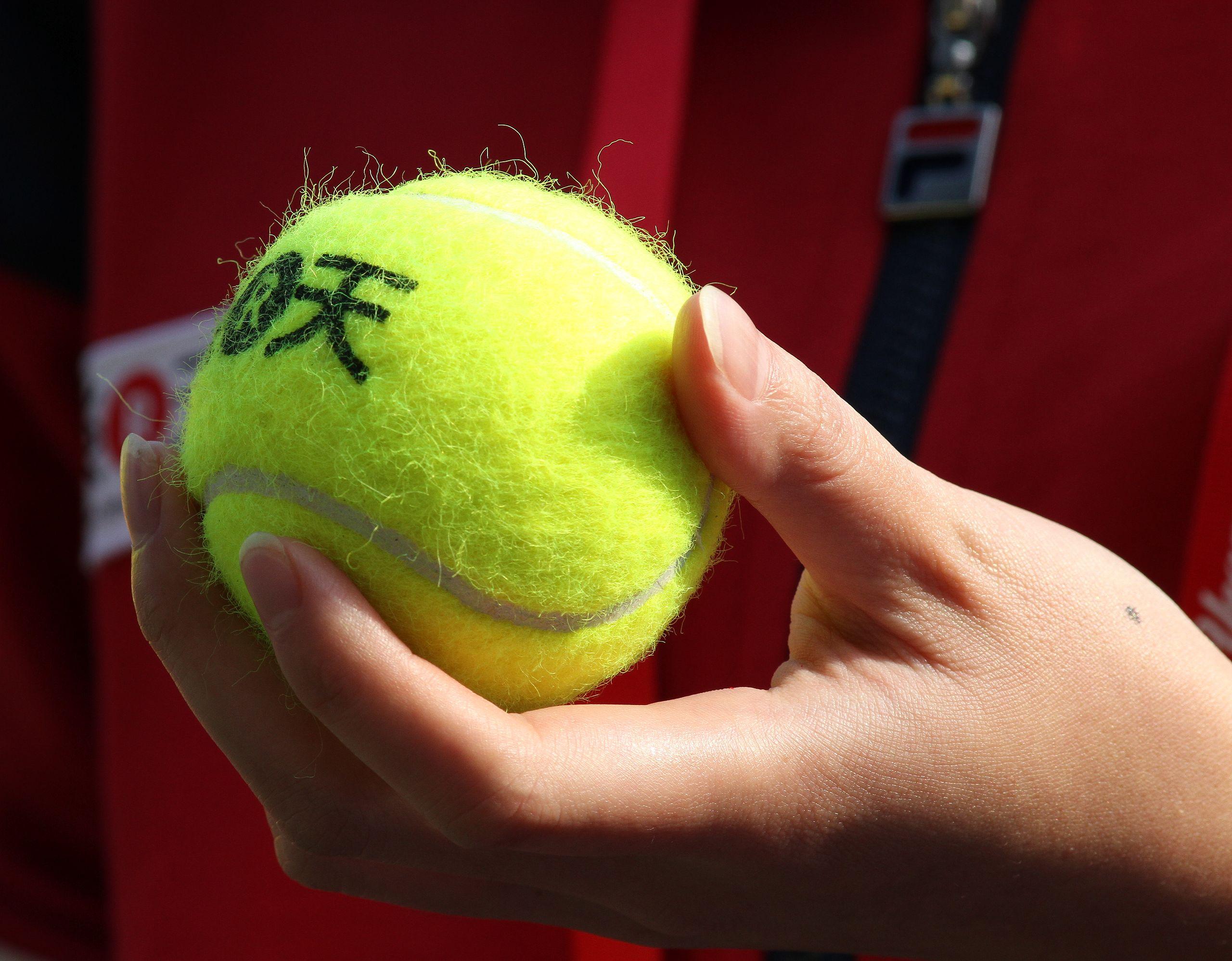
History of the Tennis Ball
The History Of A Tennis Ball
100 Years Of Tennis Balls
Blog:-The-history-of-a-tennis-ball
How tennis changed from white to yellow balls thanks to David …
When Did Tennis Balls Change From White To Yellow?
Why tennis balls are yellow — or maybe green
Why Are Tennis Balls Yellow?
History of Tennis and Tennis Equipment
Tretorn Ball – 120 years
Colored Tennis Balls | History, Types & Uses [Guide]
The Chemistry of a Tennis Ball
History of Tennis
Who Invented Tennis Balls?
How the Humble Tennis Ball Has Helped Change the Game
When Did Tennis Balls Become Yellow in Color? A History …
The tennis ball cans – International Tennis Hall of Fame
Tennis | Rules, History, Prominent Players, & Facts
The Original Mini Tennis Red 75 Ball

